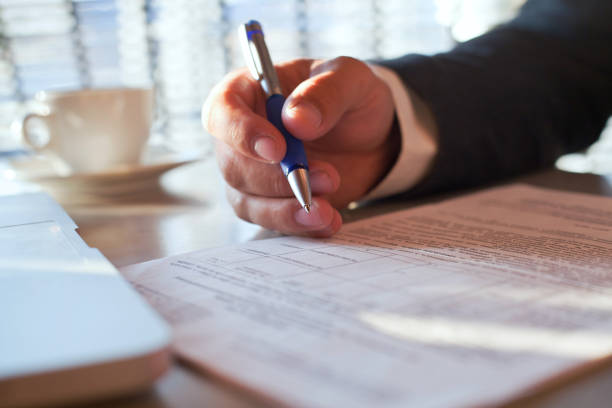Ensuring Authenticity: Vital Steps in Document Verification

Document verification is a critical process for confirming the authenticity, accuracy, and validity of a wide range of documents. Whether it’s an employer verifying a job applicant’s credentials, a bank ensuring customer identity, or a government agency authenticating official records, the principles of document verification consistently play a pivotal role. In fact, according to a report fraudulent attempts in document verification increased by 24.3% in 2020 alone. Moreover, the Association of Certified Fraud Examiners (ACFE) states that document fraud accounts for approximately 20% of all reported cases of fraud. This highlights the pressing need for a robust document verification process to safeguard against such risks and maintain trust in various industries and institutions.
Table of Contents
Types of Documents for Verification
The types of documents subject to verification are diverse and can include:
Identification Documents: This category includes passports, driver’s licenses, ID cards, and visas. Verification ensures that the document holder is who they claim to be.
Academic and Educational Records: Educational certificates, degrees, transcripts, and diplomas are often verified by employers, educational institutions, or professional licensing bodies to confirm the educational background of an individual.
Financial Documents: Bank statements, tax records, and financial statements may need verification for various purposes, such as loan approvals or auditing.
Legal Documents: Legal contracts, court orders, and affidavits require verification to ensure their legality and enforceability.
Certificates and Licenses: Professional licenses, certificates of authenticity, and compliance certifications need verification to confirm the holder’s qualifications and compliance with regulations.
Medical Records: Healthcare providers often verify medical records for accuracy and authenticity to ensure the best patient care.
Document Verification Process
Basic Information Verification
Start by examining the document for basic information. Ensure that names, dates, addresses, and other relevant details are consistent with the information provided by the document holder. Any discrepancies or inaccuracies should raise a red flag.
Format and Security Features
Check the document’s format and security features. Genuine documents often have specific design elements, watermarks, holograms, microprinting, and security threads. These features are challenging for counterfeiters to replicate accurately. Ensure that the document follows the standard format for its type.
Signature Verification
If the document includes signatures, compare them to known signatures of the individuals involved. Look for any discrepancies in style, size, or pen pressure. If you’re not an expert in signature analysis, consider consulting a forensic expert.
Issuing Authority Confirmation
Contact the issuing authority or organization to verify the document’s authenticity. Official websites, contact numbers, or email addresses provided by the issuing authority are usually reliable sources of information. Be cautious when using contact information provided on the document itself, as fraudulent documents may include fake contact details.
Online Verification Services
Many institutions now offer online verification services for documents like academic degrees or professional certifications. These services often allow third parties to verify the document’s authenticity by entering specific codes or details provided on the document.
Cross-Referencing Information
Cross-reference the information on the document with other official records or databases if applicable. For example:
- Employment Verification: Confirm employment history by checking with previous employers or using employment verification services.
- Academic Records: Verify educational records with the educational institution or use educational verification services.
- Criminal Records: Criminal background checks can be conducted through law enforcement agencies and background check services.
Request Supporting Documents
When appropriate, request copies of supporting documents from the document holder. For instance, when verifying an academic degree, request transcripts or contact the educational institution to confirm the applicant’s enrollment and completion.
Legal Assistance
If you suspect a document is fraudulent or if the consequences of verification are legally significant, consult legal authorities or experts in document forensics. They can conduct a thorough investigation, which may involve forensic analysis of the document.
Document Verification Records
Keep detailed records of the verification process. Document dates, individuals or authorities contacted, and any discrepancies or concerns encountered during the process. Maintaining a clear record trail is essential for due diligence and legal purposes.
Conclusion
Document verification is a multifaceted process that requires attention to detail, diligence, and a combination of methods. The level of scrutiny applied to document verification should align with the importance and sensitivity of the document in question. While these guidelines provide a general framework for document verification, it is essential to stay updated on evolving verification methods and technologies to combat document fraud effectively. Collaborate with experts and use technology where applicable to enhance the accuracy and efficiency of the verification process.





